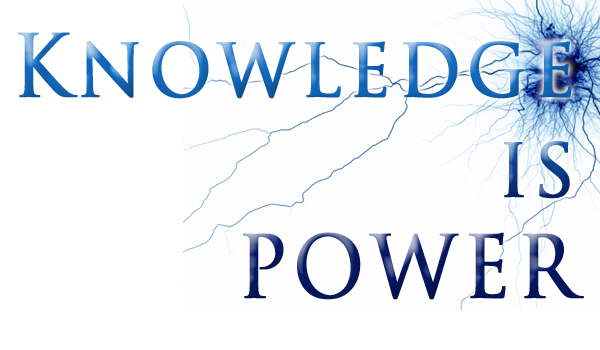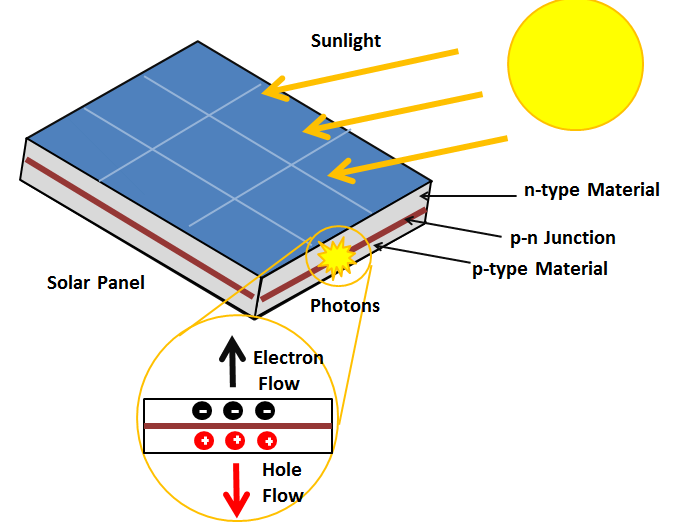 Have you heard of Phoenix Contact’s QUINT POWER range of power supplies?
Have you heard of Phoenix Contact’s QUINT POWER range of power supplies?
If you have not, where were you!
Our QUINT power supplies have been consistently making waves as THE power supply fit for any industrial use.
It is that good that Phoenix Contact has released the fourth generation of the high-performance QUINT POWER range, only this time it’s spearheading the industry by embracing the spirit of IIOT.
Tell us MORE about this QUINT
Our QUINT POWER is the one and only power supply in the market to incorporate Near Field Communication (NFC) technology.
This feature is the latest addition to the already proven power supply unit that comes with SFB (Selective Fuse Breaking) technology, preventive function monitoring, high noise immunity as well as Power Boost.
Wait, What’s Power Boost?

The Power Boost technology allows the power supply unit to withstand indefinitely 125% or tolerate up to 200% of its maximum rated output current for 5 seconds without malfunctioning.
You heard that right, up to 200% of its maximum output current unlike others who would be fried to a crisp right about now.
Not just a Power Boost but empowering People too!
This technology allows users; engineers or technicians, to read and download configuration data of the power supply with any NFC enabled devices such as smartphones or tablets.
All you need is an Android device and you’re good to go.
This will also be handy at industrial sites during commissioning or maintenance where more often than not, there will be unforeseen circumstances where configuration cables are misplaced or worse laptops are not downloaded with the configuration software.
Another practical advantage is that the NFC technology allows configuration to be done in places that have low accessibility.
Examples are hard to reach places such power supply units that are installed at tight, very high or very low positions where it is difficult to carry a laptop.
Laptops can be bulky and requires a power supply to read power supplies (oh the irony). With smartphones and NFC, you could read data through the palms of your hands.
The QUINT POWER configuration App can be downloaded for free from the Google Play Store.
Say goodbye to legacy multi-meters and expensive devices! Who says you can’t use your phones on the job.
I’m super excited now! Tell me more…..
Configuration data such as device details, output voltage, output characteristics, signalling and control input mode can now be read, configured and then be downloaded without any need for physical cabling to the power supply.
Surely with the QUINT you’ll be seeing increase in productivity.
Without the access baggage -laptop and configuration cable – it reduces the time needed for configuration especially for projects with large quantities of power supply units.
The QUINT POWER power supply range can be used in various industries such as oil and gas, transportation, water, marine, power and chemical facilities as well as in the factory automation and manufacturing facilities where reliability and technical superiority are highly valued.
So if you’re looking for POWER SUPPLIES, look no further.
Our QUINT 4 is your answer.
With NFC enabled you’ll be giving your business the power of electricity, in your hands.
If you are interested to find out more about our Power Supplies, check out our website or leave us your contact at marketing@phoenixcontact.com.sg and I will get in touch with you as soon as I can.

























 Phoenix Contact strives to deliver excellence in both product quality and customer service.
Phoenix Contact strives to deliver excellence in both product quality and customer service.





 The main function of a solar module is to convert solar energy into electrical energy. A Solar module consists of a number of silicon cells which when illuminated by the sun, will produce photons that can generate electrical current. A set of Solar Panels in one system is called an Array. Generally the most widely used solar modules are crystalline type either Monocrystalline or Polycrystalline. While thin film solar modules are still rarely used (in Indonesia). A solar cell can produce a voltage of approximately 0.5 volts. So a 12 volt solar cell consist of about 36 cells.PLTS Off-grid will consist of several solar modules according to their capacity. For example, a 10 kWp PLTS will consist of 50 units of 200 Wp solar modules or 100 units of 100 Wp solar modules. These solar module is arranged in series and parallel with certain configuration.
The main function of a solar module is to convert solar energy into electrical energy. A Solar module consists of a number of silicon cells which when illuminated by the sun, will produce photons that can generate electrical current. A set of Solar Panels in one system is called an Array. Generally the most widely used solar modules are crystalline type either Monocrystalline or Polycrystalline. While thin film solar modules are still rarely used (in Indonesia). A solar cell can produce a voltage of approximately 0.5 volts. So a 12 volt solar cell consist of about 36 cells.PLTS Off-grid will consist of several solar modules according to their capacity. For example, a 10 kWp PLTS will consist of 50 units of 200 Wp solar modules or 100 units of 100 Wp solar modules. These solar module is arranged in series and parallel with certain configuration. In a solar power plant, solar panels can be arrayed in parallel to produce a larger current. Combiner boxes are used to connect the positive foot of solar panels to one another. Similarly, for negative legs. The positive foot end of the solar panel is connected to the positive charge controller leg and so is the negative leg. The resulting solar panel voltage will be used by the charge controller to charge the battery.
In a solar power plant, solar panels can be arrayed in parallel to produce a larger current. Combiner boxes are used to connect the positive foot of solar panels to one another. Similarly, for negative legs. The positive foot end of the solar panel is connected to the positive charge controller leg and so is the negative leg. The resulting solar panel voltage will be used by the charge controller to charge the battery. Have you heard of Phoenix Contact’s QUINT POWER range of power supplies?
Have you heard of Phoenix Contact’s QUINT POWER range of power supplies?